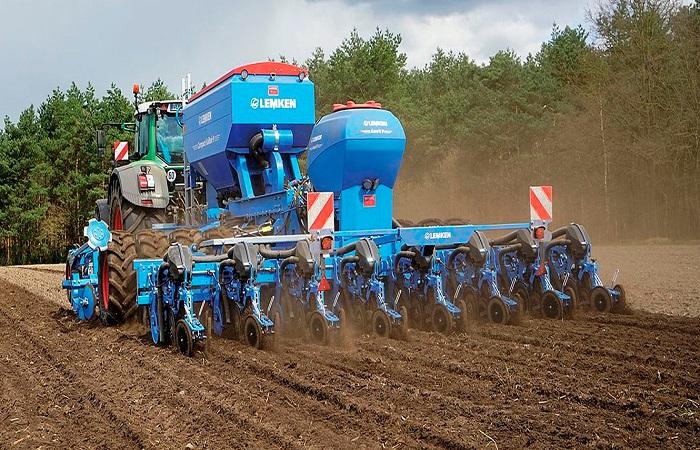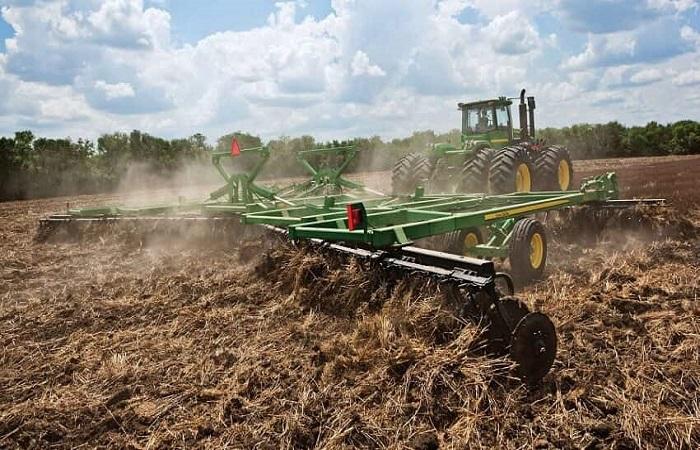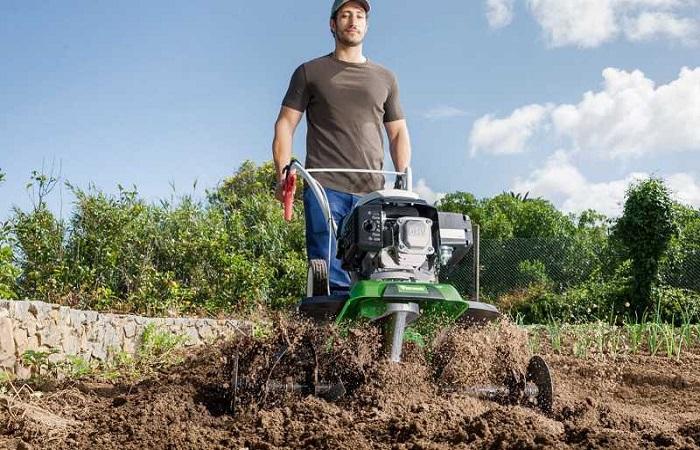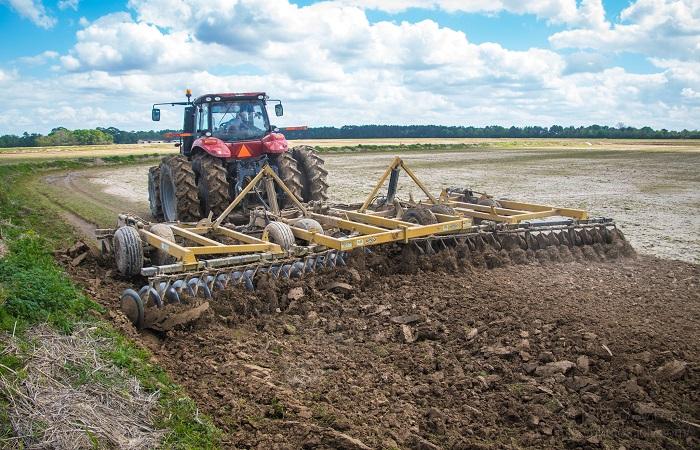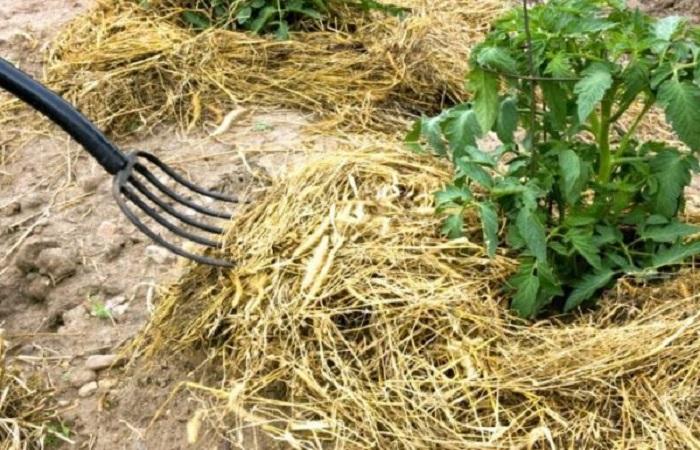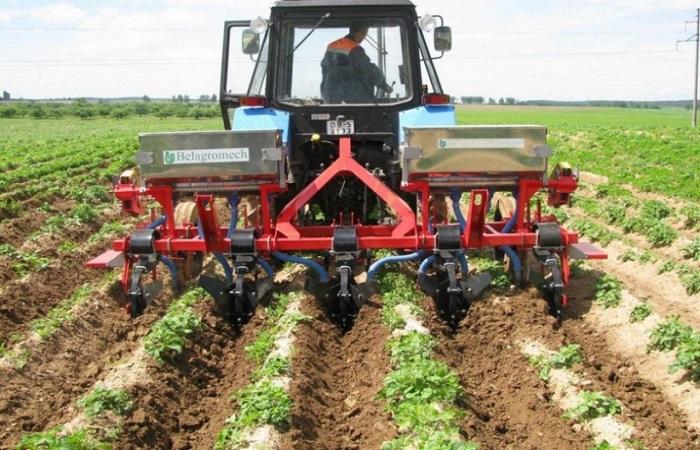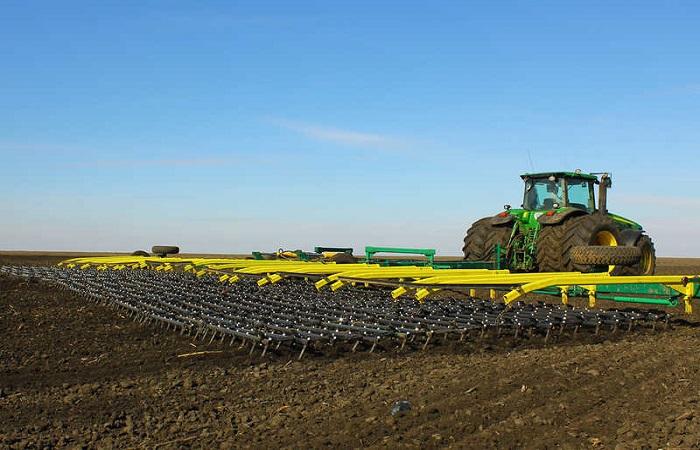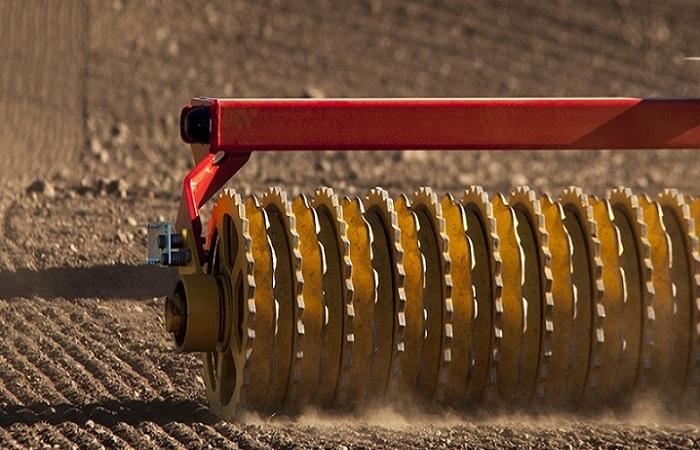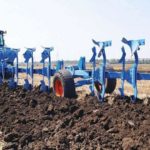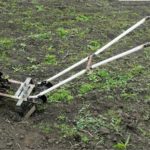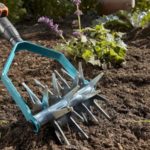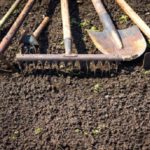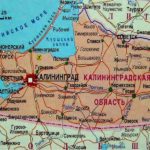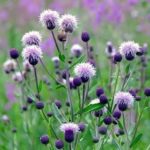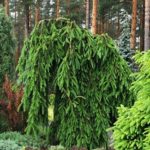Tillage is understood as a set of measures that involve influencing it with special tools or technical devices. Thanks to this, it is possible to significantly improve the soil structure. The procedure is aimed at normalizing the physical and mechanical properties of the soil, preventing pest damage to areas, and reducing infestation of crops. At the same time, the impact has different forms, which helps to achieve the solution of the assigned tasks.
What it is
Tillage is a set of methods of mechanical impact on the surface layer of soil to increase its fertility. Using this procedure, it is possible to optimize the conditions for crop development. Grinding the arable layer increases the permeability of the soil to water and air, protects fields from weeds, and activates the activity of beneficial microorganisms.
Many factors influence the choice of processing system. The main criteria include the climate of the region and the biological properties of the crops grown. All methods of tillage differ in the degree of impact on it, depth, level of grinding, and the type of equipment used.
Agrotechnical requirements
The main agrotechnical requirements for processing fields include the following:
- cleanliness or absence of weeds;
- suitable soil density parameters;
- optimal depth of impact;
- structure of the arable layer - during processing it is desirable to obtain a fine lumpiness.
These features are considered the basis for performing subsequent positive actions on earth and obtaining the desired results. These include normalizing the water-air regime, creating favorable conditions for improving the access of nutrients to plants, and normalizing the functions of microorganisms in the structure of the earth.
Types of processing
Today there are many varieties of soil treatment methods. Each of them has certain characteristics.
By order
Based on this feature, the following types of processing are distinguished:
- Primary – it is also called primary or post-sowing. To carry out this type of processing, a plow or subsoiler is used. Typically, such plowing is carried out in the fall to a depth of 25-27 centimeters.
- Surface work is pre-sowing work, during which the top layer of soil is loosened, harrowed and cultivated. When caring for plants, it is also necessary to remove weeds and compact the soil.
- Special – carried out depending on the condition of the soil. In this case, a milling cutter or deep loosening can be performed.
By method of influence
The main part of the soil cultivation process is deep cultivation. Most often, this type of impact is understood as plowing. Its depth is influenced by the requirements of specific plants that are planned to be cultivated on the site.
For individual plants, the crevice method is used. In this case, in the fall, cracks are made in the area with a cultivator. The distance between them depends on the crops that are planned to be grown.
Processing methods
Today, a number of soil treatment methods are used in agriculture. Each of them is aimed at solving specific problems.
Peeling
This technology is used immediately after harvesting previous crops. Thanks to this procedure, it is possible to trim the roots of weeds, mix the fertile layers of soil, loosen the soil and saturate it with oxygen. For this purpose, disc hulls are most often used. They are made in the form of concave sharp disks.
When peeling, the impact is carried out to a depth of 6-8 centimeters. If weed rhizomes are present, the procedure is repeated. In this case, the depth should be 8-10 centimeters.
Mulching
This procedure consists of covering the soil between the rows with plants, leaves, and chopped straw. Peat, sand, manure, humus and other materials are also used for this. In this case, the mulch layer should have a thickness of at least 2-5 centimeters. It must be laid on treated, level ground.
Cultivation
This procedure involves plowing the soil layer without turning it around. In this case, the wet bottom layer does not reach the surface and therefore does not erode. Cultivation can be done in 2 ways - inter-row and continuous. Thanks to its implementation, it is possible to loosen and crumble the soil. The manipulation also slightly mixes the upper layers.
Harrowing
This is a special procedure that is usually used for fields intended for planting cereal crops. These include spring and winter wheat, rye, oats, and barley. This technique is also perfect for fields where potatoes are grown.
Other
Other common soil treatment procedures include the following:
- Slotting – this effect helps to level the field plane. It also partially loosens the upper layers of the earth.
- Disking – thanks to this, it is possible to distribute perennial weeds as organic fertilizer and preserve soil moisture.
- Rolling - this technique is aimed at compacting and leveling the surface of the field. It also helps break up chunky soil fragments.
- Chiseling - this procedure is aimed at continuous deep loosening up to 40 centimeters. Therefore, it can be used to influence podzolic and saline soil. Carrying out the procedure helps increase productivity by 15-20%.
What to do?
The choice of tools and equipment for tillage depends on the size of the area. Small areas are recommended to be treated with hand tools. However, large fields will require special equipment.
Hand tools
For plowing dachas and vegetable gardens, different types of shovels, glanders, rakes, and pitchforks are used. There is also a small flat-cutting technique. The tools used depend on the type of soil treatment. To plow a small area, use a fork or a shovel, and loosen the beds with a squeegee or a rake.
Application of machines
Mechanical processing allows you to achieve more noticeable results in soil cultivation. Today, more and more complex tools are appearing that are aimed at solving certain problems.
Agricultural machines can be universal or combined. With the help of such devices it is possible to use different methods of soil treatment.
Possible mistakes
When cultivating the soil, farmers make the following mistakes:
- Lack of straw incorporation into the soil. This leads to nitrogen deficiency in the soil structure.
- Summer plowing. This leads to increased dryness of the soil. It is especially dangerous to carry out this procedure in the summer.
- Deep disking with heavy tools.This leads to the turning out of large blocks of earth. As a result, its surface layer dries out.
- Use of implements with a small working width. This increases time and fuel costs.
- Violation of deadlines for the main processing. To determine whether the soil is ready for impact, you need to take a lump in your hand and throw it from waist level. If it has disintegrated, then the humidity is optimal.
- Lack of quality control of processing. To achieve the desired results, it is worth following the technology of the procedure.
Tillage is considered an important procedure that affects plant development and yield parameters. Today, many methods of influencing the soil are known, which helps to choose the best option taking into account goals and objectives.

